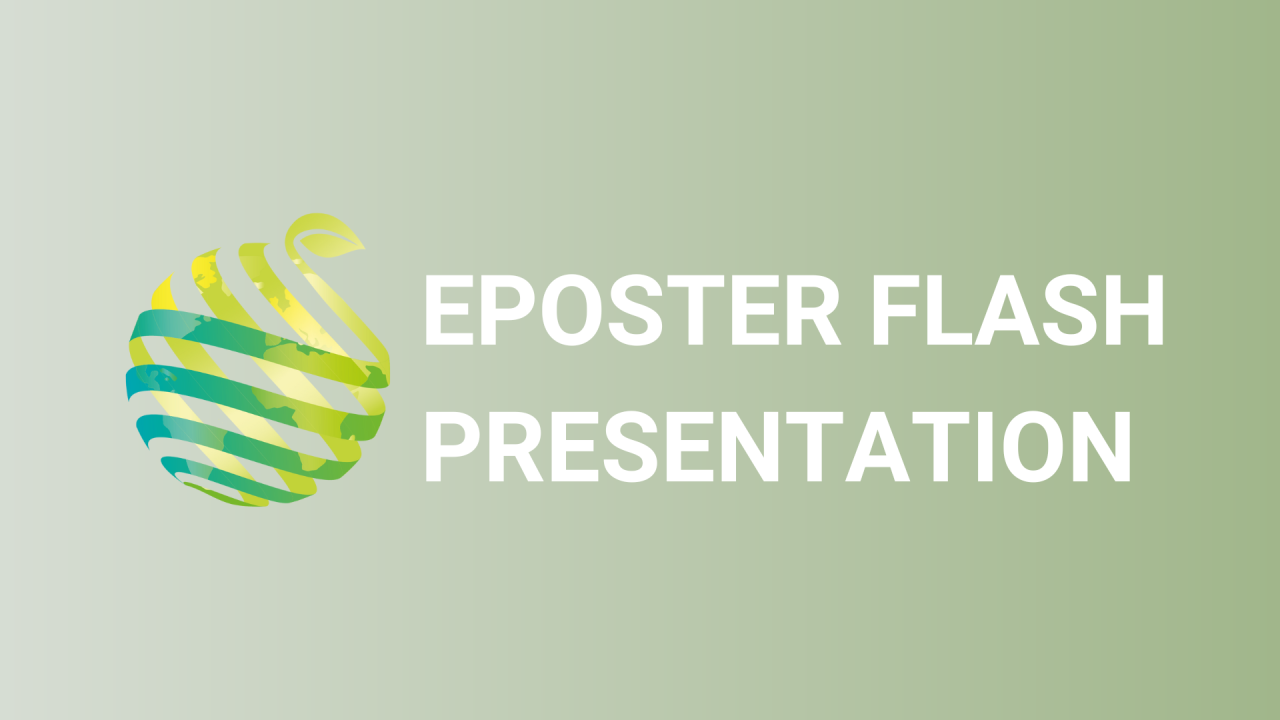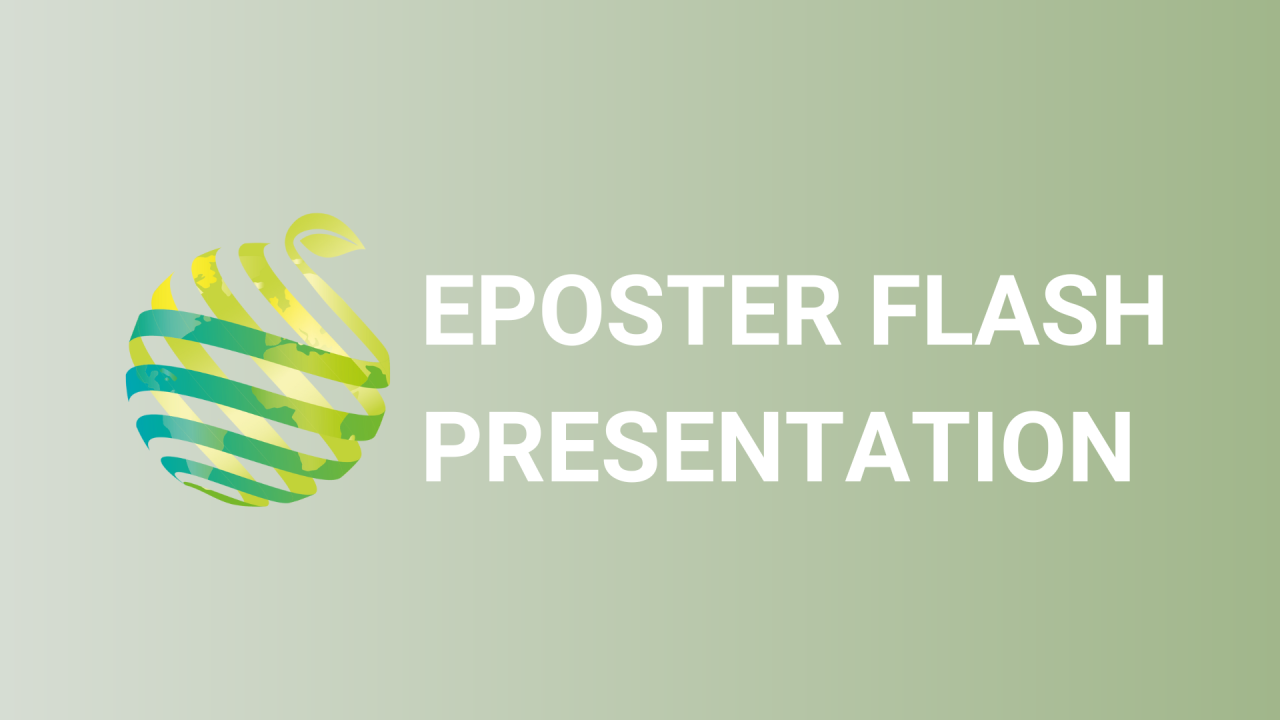

S05 - Session P4 - In vitro propagation of the endangered Hibiscus palustris L
Information
Authors: Mariana Neves *, Jéssica Batista, Tércia Lopes, Ana Pedrosa, Daniela Cordeiro, Sandra Correia, Jorge Canhoto
In vitro culture encompasses a set of tools that can be applied not only in distinct areas of plant biotechnology but also in programs of plant conservation to rescue endangered species. Hibiscus palustris (Malvaceae) is a hemicryptophyte species living around invasive cane fields and tall grass communities on the edges of waterways, ponds and water wetlands. Flowering occurs in the Summer when large pink flowers appear making it a very interesting ornamental species, similar to what happens with many other Hibiscus species, such as H. rosa-sinensis . According to the Portuguese Red List of Vascular Plants and the International Union for Conservation of Nature (IUCN) criteria ( https://listavermelha-flora.pt ), H. palustris is a critically endangered species reduced, in natural conditions, to a single population of about 150 individuals located near the city of Figueira da Foz, by the coast, in the Center of Portugal ( https://flora-on.pt/#/1hibiscus+palustris ). In this context, a research program was designed with the aim of saving this species using in vitro culture technologies. Thus, seeds from field growing plants were gathered from mature fruits, surface sterilized in a calcium hypochlorite (5%) solution for 20 min, washed three times with sterile distilled water and placed in test tubes containing MS modified medium with 1% sucrose and major salts reduced to half strength. In these conditions, more than 95% of the cultured seeds germinated and the obtained plantlets were used for in vitro establishment. Apices (5 mm) and nodal segments (3-5 mm) from 3 n 5 cm plantlets were placed in test tubes containing 15 ml of MS medium plus the cytokinin BA (benzyladenine) or combinations of BA and NAA (1-naphtaleneacetic acid). Best results were achieved when 0.2 mg/l BA were tested with the shoots reaching an average of 5.4 cm and 4.6 phytomers after 30 days. The combination of 0.2 mg/l BA with 0.2 mg/l NAA reduced shoot growth but increased the number of shoots per explant to an average of 4.8 and an average length of 3.7 cm. Spontaneous rooting was found in this last medium, but root formation was consistently associated with callus formation. Assays are being carried out to optimize the multiplication and rooting steps as well as to find the best conditions to acclimatize the obtained plantlets.